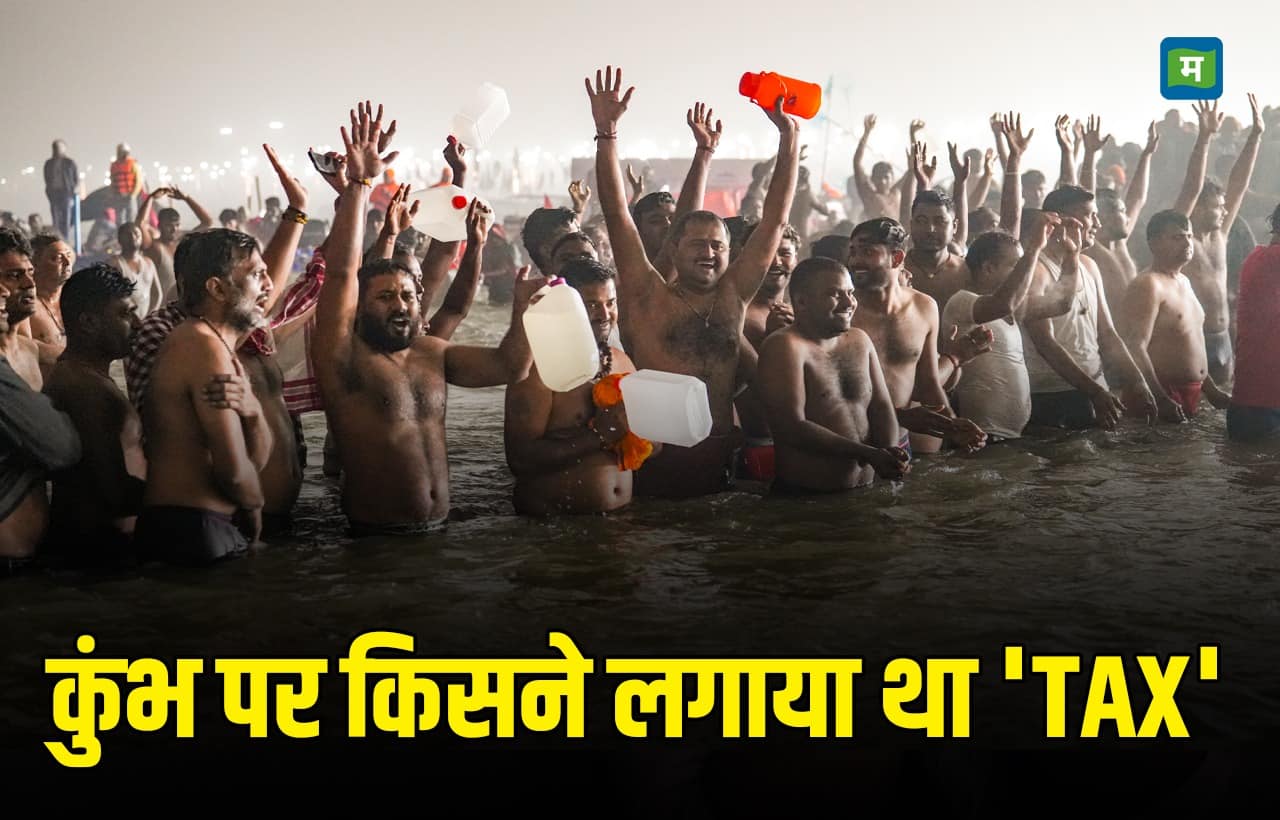
Mahakumbh 2025: Although Prayagraj is a very magnificent city and it is known as Sangam city. But during the Kumbh Mela held every 12 years, this city takes on a form of amazing, unbelievable grandeur. At present, a unique world has settled on the banks of Sangam in Prayagraj. Presently, the shine of this city situated on the banks of Sangam is such that even Indraloka pales in comparison to it. This time after 144 years, a wonderful coincidence is taking place in Mahakumbh, which has made this religious festival even more special. Although the history of Maha Kumbh is said to be thousands of years old, but can you tell that tax was ever imposed on this great festival which awakens the spiritual consciousness of Indians.
When tax had to be paid in Kumbh
Decades ago the Kumbh Mela was completely different. During the British rule, this fair became a means of earning money for the British. When the British East India Company captured Prayagraj in 1801, they learned that the Kumbh Mela was held every 12 years. Although the British were not particularly interested in the religious significance of Kumbh, they saw it as a business. The British used to collect a tax of Re 1 from every person coming to this fair. This was the ‘Kumbh Tax’, which every devotee had to pay to take a bath in the holy Sangam during the fair.
it cost so much money
It is noteworthy that at that time one rupee was a huge amount, because at that time the average Indian wage was less than 10 rupees. For example, a tailor earned only Rs 8 a month and a sweeper or waiter earned Rs 4 a month. Despite this, the Kumbh tax was kept at Rs 1. This was one of the ways of the British to exploit the Indians.
Tax was levied even on shaving hair
Fanny Park, a British woman who spent nearly 24 years in India, has written about this Kumbh Tax and its effects on local traders. He told that, this tax was collected from the devotees coming to the Kumbh Mela. Along with this, tax was also collected from those doing business in Kumbh Mela like barbers. Many devotees used to get their hair shaved during Kumbh, due to which the business of barbers increased significantly. In 1870 the British established 3,000 barber centers and earned about Rs 42,000 from them. About one fourth of this amount was taken from barbers, each barber had to pay a tax of Rs 4.
Displeasure of local people
The rising taxes for the Kumbh Mela had angered the local communities, especially the Prayagwal Brahmins. These people used to guide the devotees and in return they also received Dakshina, but the Kumbh Tax had cut down their earnings. At the same time, many Christian missionaries were also coming to Prayagraj to inspire Hindu devotees to convert, due to which the local people became even more angry.
Historians also claim that tax collection from the Kumbh Mela started during the reign of Akbar. Later, on the demand of Hindus, the tax collected during Kumbh was abolished by Akbar himself.
Mahatma Gandhi in Kumbh
In the 20th century, the Kumbh Mela became a major venue for nationalists. In 1918, Mahatma Gandhi visited the Kumbh Mela and took a bath in the Ganges. The British administration was very worried by this and they prepared an intelligence report to keep an eye on Gandhiji. The British banned pilgrims during the Kumbh Mela of 1942. Officially the British said that they were taking this step to avoid Japanese attack, but many historians believe that this step was taken due to the growing strength of the ‘Quit India Movement’.





